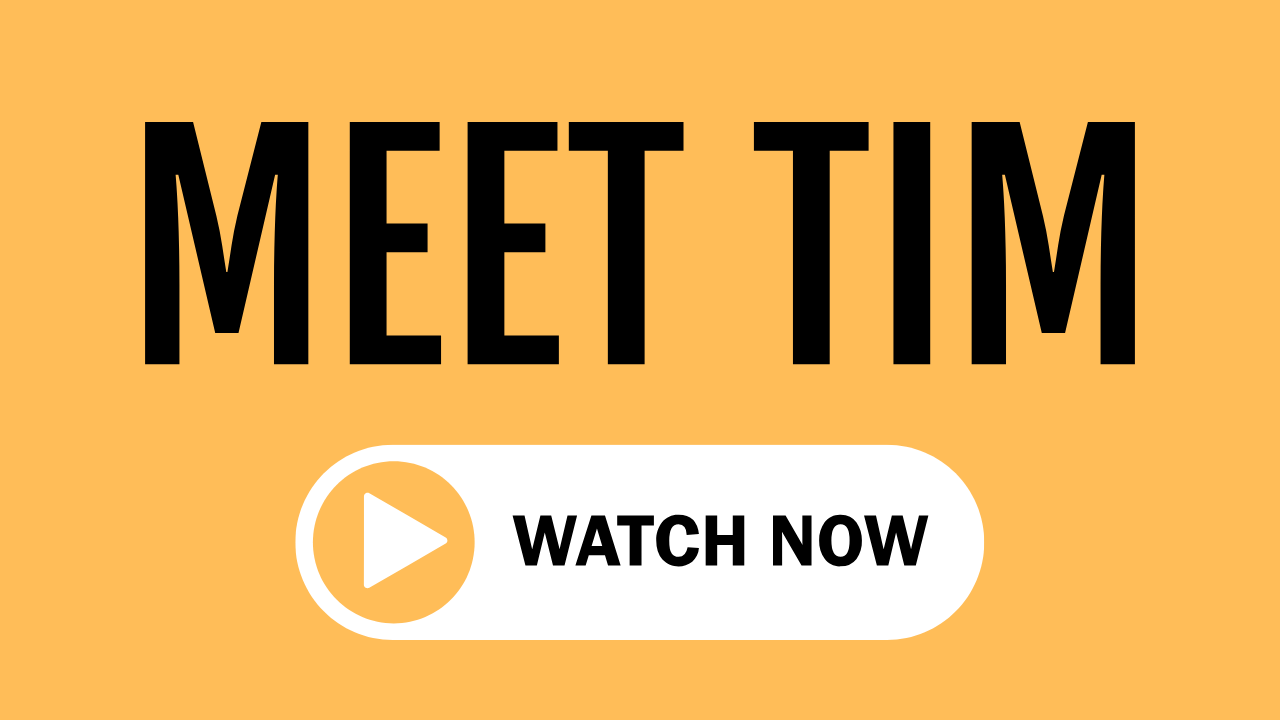Bad Hair Day?
#ThrowbackThursday: me circa 1972. Not that I didn't enjoy the bowl cut, but since my hair is all one big cowlick anyway, I eventually switched to a style that didn't try to fight it for performing... But I should probably wear stripes more often.
I don’t actually spend a lot of time contemplating my hairdoodoo (as my 4 year old terms it), but when asked, I do try to be ever-vigilant about explaining my corporate speaking skillset. I truly sympathize with the plight of Human Resources and Event Planners, as searching for just the right speaker(s) for an event can be overwhelming.
In just a cursory search for some stats on the speaking industry, I found these numbers staggering:
In 2004 $102.3 billion was spent on meetings and events worldwide—in budgets, employment, training, proposal activity, attendee numbers and expenditures per event.
- Approximately 11 million meetings are held in the US each and every day.
- 11 million meetings every day? are you kidding me?
- Most professionals attend almost 62 meetings a month.
- I’m sorry, did you say 62 meetings per month, per person??
- An estimated 37% of employees’ time is spent in meetings.
- And more than 50% of meeting time is wasted… Most professionals who meet on a regular basis admit to: daydreaming (91%); bringing other work to meetings (73%); dozing (39%); missing parts (95%) or the entire meeting altogether (96%).
So how on earth do we improve these meeting stats and make the most of our gatherings—whether it’s an office sales meeting, multi-industry convention, a single-purpose conference, a client appreciation-slash-sales-surge event, or whatever your rationale for getting together is? How can you be certain the speaker you choose will fit the circumstances, the people, the message, the objective of the assembly?
Well, as I said in a recent conversation with one of the hard-working representatives in one of the many excellent speaker bureaus with whom I partner, my goal in my speaking is to create experiences, not merely ethereal notions. I excel at animating, magnifying and purifying one or two of my client’s messages (or my own, if they prefer) through humor and/or engagement through a variety of interactive elements.
Sure, I enjoy my share of message-laden presentations (e.g. Education is passion point of mine). And I like to think they have great value and are worth the price of admission, of course. But unless you’re a Malcolm Gladwell, Paul Krugman, or even a Tony Robbins (and who can afford the insurance?), I honestly don’t think that’s where it’s at anymore in the new “motivational speaker” marketplace. Certainly not exclusively.
This is just one event (3500 attendees of the Oklahoma Career Tech Education Conference) at which I used my comedic presenting skills to focus this enormous crowd of late-arriving teachers. Bringing this stadium-sized crowd together is challenging enough (I also did it for George Bush, Sr.’s audience of 3000), but honestly whether it’s 300 or 3000 people, I’m not there to fallaciously motivate you. I’m there to emphasize and underscore what you’re already doing well.
This idea of building on strengths instead of focusing on improving weakness is not mine, I assure you, but is part of a new wave of understanding to which I wholeheartedly ascribe. There’s a great book from which my wife read to me not too long ago that really resonated with me, called Strengths Finder, in which they analyzed employee engagement data from a Gallup survey of 10 million people and found that “each person has greater potential for success in specific areas, and the key to human development is building on who you already are.”
So here’s who I am, goofy hair and all: fewer pseudo-motivational messages, more experiences, greater meaning.
Humor, connection, engagement. Sounds like a good meeting to me.




